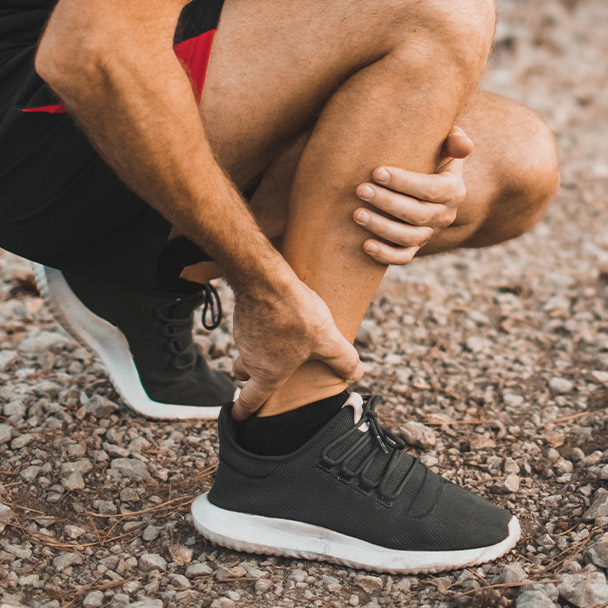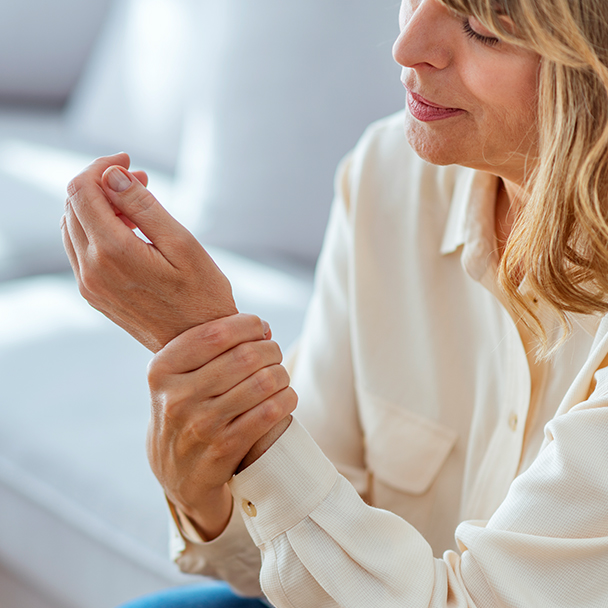Michael B. Banffy, MD
Specialties: Sports Medicine, Shoulder, Elbow, Knee, Hip, Joint Preservation and Replacement
Casey G. Batten, MD
Specialties: Primary Care Sports Medicine, Shoulder, Elbow, Knee, Hip
Matthew Chong, MD
Specialty: Spine
Ilan J. Danan, MD, MSc
Specialties: Sports Neurology, Pain Management
Kevin M. Ehrhart, MD
Specialties: Knee, Hip, Joint Preservation and Replacement
Neal S. ElAttrache, MD
Specialties: Sports Medicine, Shoulder, Elbow, Knee
Kenton H. Fibel, MD
Specialties: Primary Care Sports Medicine, Shoulder, Elbow, Knee, Hip, Foot and Ankle
Ralph A. Gambardella, MD
Specialties: Sports Medicine, Shoulder, Elbow, Knee
Michael B. Gerhardt, MD
Specialties: Sports Medicine, Shoulder, Knee, Hip, Joint Preservation and Replacement
David C. Hay, MD
Specialties: Hand and Wrist
Kenton S. Horacek, MD
Specialties: Knee, Hip, Joint Preservation and Replacement
John M. Itamura, MD
Specialties: Shoulder, Elbow
Kenneth S. Jung, MD
Specialties: Foot and Ankle
Christopher M. Kidd, MD
Specialties: Foot and Ankle
Thomas P. Knapp, MD
Specialties: Sports Medicine, Shoulder
Eric Larson, MD
Specialties: Hand and Wrist, Shoulder, Elbow
Arash Lavian, MD
Specialties: Physical Medicine and Rehabilitation, Pain Management
Brian Lee, MD
Specialties: Shoulder and Elbow
Orr Limpisvasti, MD
Specialties: Sports Medicine, Shoulder, Elbow, Knee
Stephen J. Lombardo, MD
Specialties: Sports Medicine, Shoulder, Elbow, Knee
Bert R. Mandelbaum, MD
Specialties: Sports Medicine, Shoulder, Elbow, Knee
M. Ramin Modabber, MD
Specialties: Hand and Wrist, Shoulder, Elbow
Christos D. Photopoulos, MD
Specialties: Sports Medicine, Shoulder, Elbow, Knee
Landon S. Polakof, MD
Specialties: Hip Replacement, Knee Replacement
Brian M. Schulz, MD
Specialties: Sports Medicine, Shoulder, Elbow, Knee, Hip
Joshua Scott, MD
Specialties: Sports Medicine—Adult and Pediatric, Concussion, Arthritis, Shoulder, Elbow, Wrist, Hip, Knee, Ankle, Foot, Injections, Platelet-Rich Plasma (PRP)
Clarence L. Shields, MD
Specialties: Sports Medicine, Shoulder, Elbow, Knee
Andrea L. Snow, MD
Specialty: General Orthopedic Surgery
Clint Soppe, MD
Specialties: Sports Medicine, Shoulder, Elbow, Knee
Alan C. Sull, MD
Specialties: Hand and Wrist, Shoulder, Elbow
John Tiberi, MD
Specialties: Knee, Hip, Joint Preservation and Replacement
James E. Tibone, MD
Specialties: Sports Medicine, Shoulder, Elbow, Knee
Natasha Trentacosta, MD
Specialties: Sports Medicine, Shoulder, Elbow, Knee, Hip, Pediatric Orthopedics
Rachel Triche, MD
Specialties: Sports Medicine, Foot and Ankle
Carlos A. Uquillas, MD
Specialties: Sports Medicine, Shoulder, Elbow, Hip, Knee
Vernon B. Williams, MD
Specialties: Sports Neurology, Pain Management
Mona Zall, DO
Specialty: Spine
Jeffrey Zarin, MD
Specialties: Partial Knee Replacement, Revision Total Joint Replacement, Robotic-Assisted Hip and Knee Replacement Surgery, Total Hip Replacement, Total Knee Replacement
Tracy L. Zaslow, MD
Specialties: Pediatric Sports Medicine/Young Athletes, Overuse Injury, Fractures, Sports-Related Concussion, Injury Prevention





